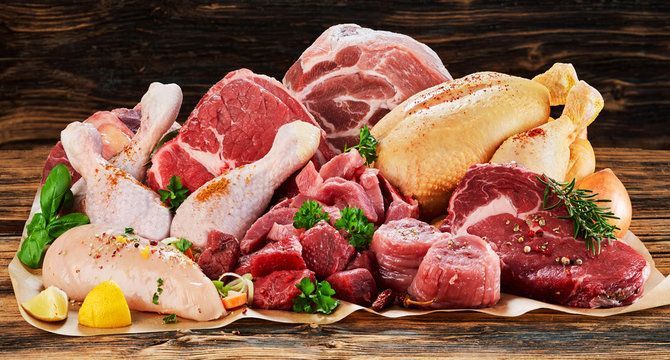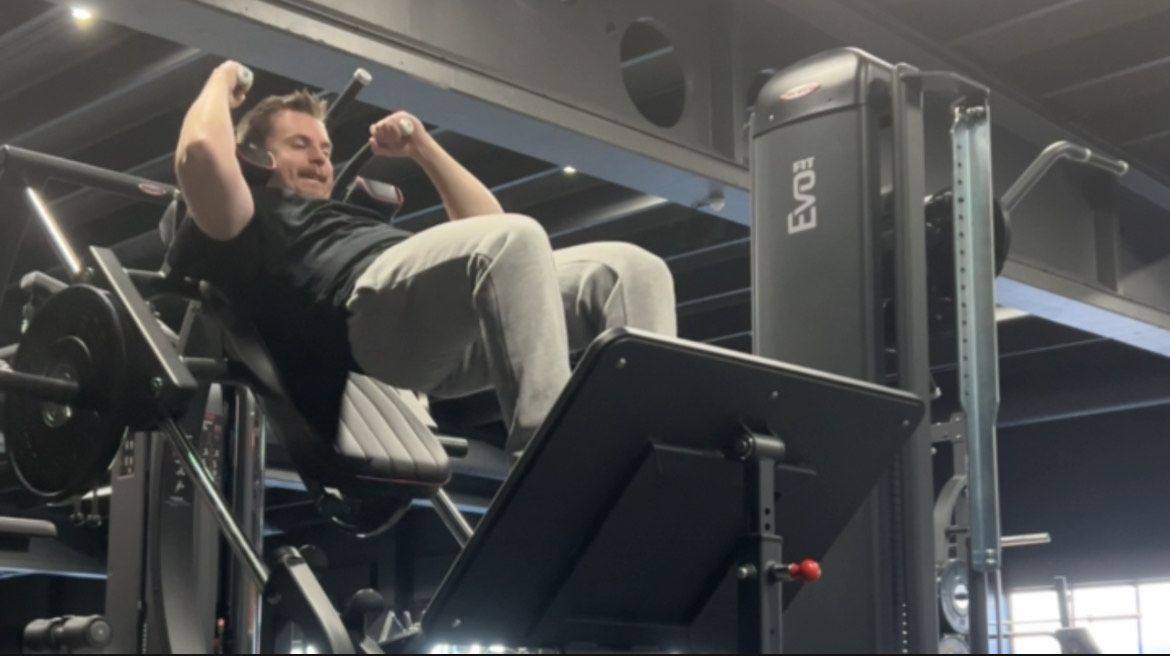Tips to cut
How to get ripped
Cutting, the process of reducing body fat while preserving muscle mass, is a crucial phase for achieving a lean, defined physique. This process requires careful planning and discipline in both diet and exercise. Here are essential tips to help you cut effectively and achieve your fitness goals.
1. Establish a Caloric Deficit
To lose fat, you need to consume fewer calories than you burn. This caloric deficit forces your body to use stored fat for energy:
- Calculate Your Maintenance Calories: Determine your daily caloric needs using an online calculator or fitness app.
- Reduce Calories Gradually: Start with a moderate deficit of 500 calories per day to promote sustainable fat loss without sacrificing muscle.
2. Prioritize Protein Intake
Protein is essential for preserving muscle mass during a caloric deficit:
- Protein Intake: Aim for 1.6-2.2 grams of protein per kilogram of body weight (0.73-1 gram per pound).
- Protein Sources: Include lean protein sources like chicken, turkey, fish, eggs, dairy, legumes, and plant-based proteins in your diet.
3. Manage Macronutrients
Balance your intake of carbohydrates and fats to support energy levels and overall health:
- Carbohydrates: Opt for complex carbs like whole grains, oats, quinoa, vegetables, and fruits. Adjust your carb intake based on your energy needs and activity level.
- Fats: Include healthy fats from sources like avocados, nuts, seeds, olive oil, and fatty fish. Aim for about 20-30% of your total caloric intake from fats.
4. Implement Strength Training
Strength training is crucial for preserving muscle mass while cutting:
- Compound Movements: Focus on compound exercises like squats, deadlifts, bench presses, and rows. These exercises work multiple muscle groups and help maintain strength.
- Maintain Intensity: Continue lifting heavy weights to signal your body to retain muscle mass despite the caloric deficit.
- Training Frequency: Train each muscle group 2-3 times per week to stimulate muscle maintenance.
5. Incorporate Cardiovascular Exercise
Cardio helps increase caloric expenditure and supports fat loss:
- Moderate-Intensity Cardio: Engage in activities like jogging, cycling, or swimming for 30-45 minutes, 3-4 times per week.
- High-Intensity Interval Training (HIIT): Incorporate HIIT sessions 1-2 times per week to boost metabolism and burn more calories in a shorter time.
6. Monitor and Adjust Your Diet
Regularly tracking your food intake and progress can help you make necessary adjustments:
- Food Diary: Use a food diary or a tracking app to log your meals and monitor your macronutrient intake.
- Weekly Adjustments: Adjust your caloric intake and macronutrient distribution based on your progress and how your body responds.
7. Stay Hydrated
Proper hydration supports overall health and can aid in fat loss:
- Water Intake: Aim for at least 3-4 liters of water per day, more if you’re active or in a hot environment.
- Reduce Sugary Drinks: Minimize or eliminate sugary beverages and alcohol, which add empty calories and can hinder fat loss.
8. Prioritize Sleep and Recovery
Adequate rest and recovery are essential for effective fat loss and muscle preservation:
- Quality Sleep: Aim for 7-9 hours of quality sleep per night. Sleep is crucial for muscle repair, hormone regulation, and overall health.
- Rest Days: Include rest or active recovery days in your training schedule to prevent overtraining and reduce the risk of injury.
9. Stay Consistent and Patient
Cutting is a gradual process that requires consistency and patience:
- Set Realistic Goals: Aim for a steady weight loss of 0.5-1 pound per week to minimize muscle loss and ensure sustainable results.
- Stay Committed: Consistency in your diet and training is key. Trust the process and make adjustments as needed based on your progress.
10. Consider Supplements Wisely
Supplements can support your cutting phase but should not replace a balanced diet:
- Protein Powder: Whey or plant-based protein powders can help you meet your protein goals, especially post-workout.
- BCAAs: Branched-chain amino acids can support muscle preservation and recovery.
- Fat Burners: Some fat burners can help increase metabolism and energy levels but should be used with caution and under guidance.
Conclusion
Effective cutting requires a strategic approach to diet, training, and recovery. By establishing a caloric deficit, prioritizing protein, managing macronutrients, and incorporating both strength training and cardio, you can achieve your fat loss goals while preserving muscle mass. Stay hydrated, get enough sleep, and be patient with the process. Consistency and dedication are key to successful cutting and attaining a lean, defined physique.











